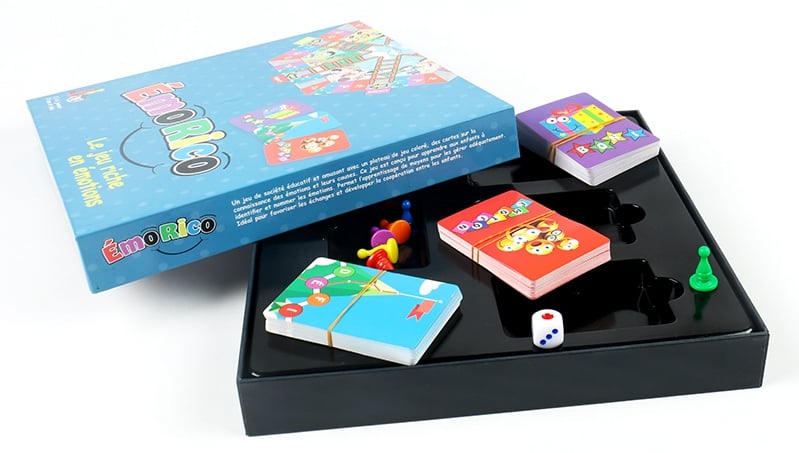Board game design has come a long way since the days of checkers and Monopoly. Today, the board game industry is booming with creative, innovative designs that offer hours of strategic entertainment. However, designing a board game isn’t as simple as it sounds. It takes a lot of work and planning to create a successful game. In this blog post, we’ll be taking a look at the process of board game design, from creating your theme to prototyping and playtesting.
The first step in creating a board game is to choose a theme. This will serve as the foundation of your game and will influence the mechanics, artwork, and components. Choose something that you’re passionate about and think will appeal to your target audience. Once you’ve chosen a theme, it’s time to start brainstorming game mechanics. Think about the types of moves players will be able to make, how they can win, and any special rules that could make the game stand out.
Once you have your game mechanics figured out, it’s time to start designing the components. This will include the board, cards, pieces, and any other items needed to play the game. Make sure the components are easy to understand and attractive to look at.
Once the components are designed, it’s time to create a prototype of the game. This can be done with paper and cardboard or other materials. Make sure the game is playable and entertaining before moving on.
The next step is to playtest your game. Gather a group of people who are willing to play the game and observe how they interact with it. Take notes on any problems they encounter or changes they suggest. This is a great way to improve your game before you move on to the next step.
Once you’ve playtested your game and are happy with the results, it’s time to produce the final version. This will involve finding a printer, manufacturers, and distributors. You’ll also need to create marketing materials and launch a crowdfunding campaign to fund the production of the game.
Designing a board game is no easy task. It requires creativity, dedication, and hard work. But with a great idea and the right steps, you can create a successful game that players will enjoy for years to come. Good luck!



